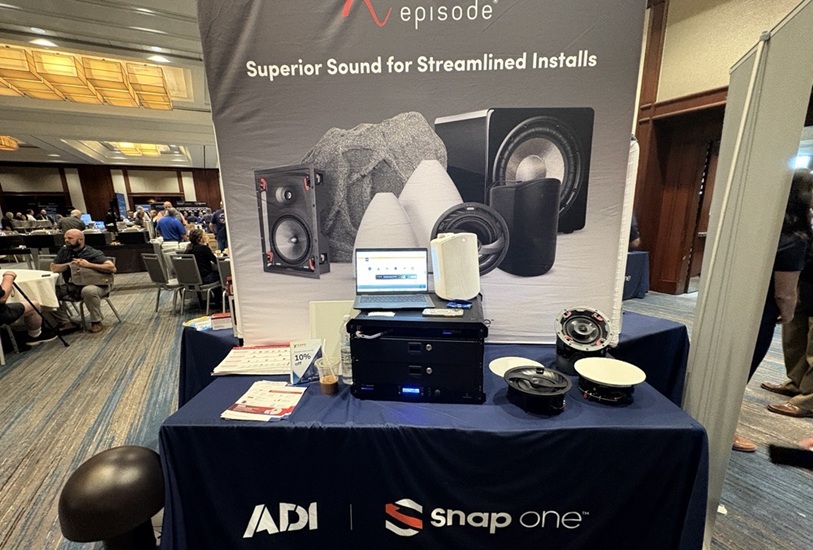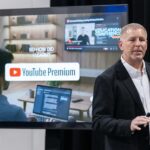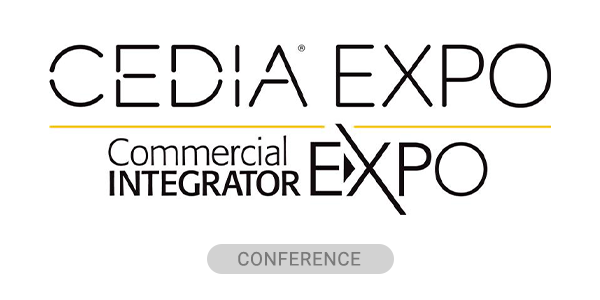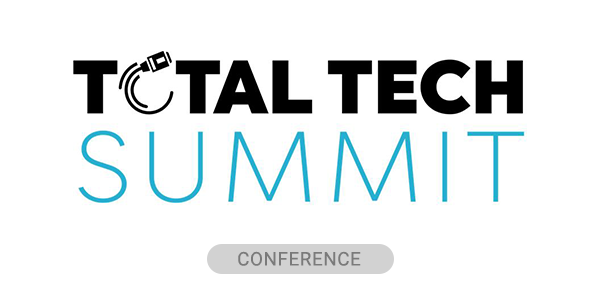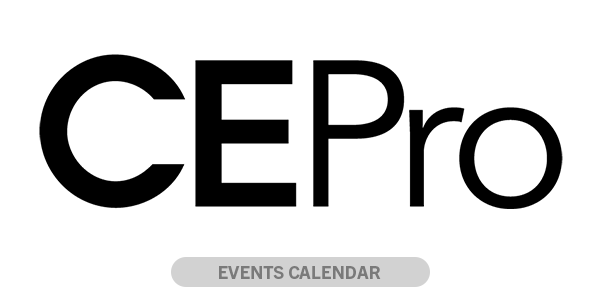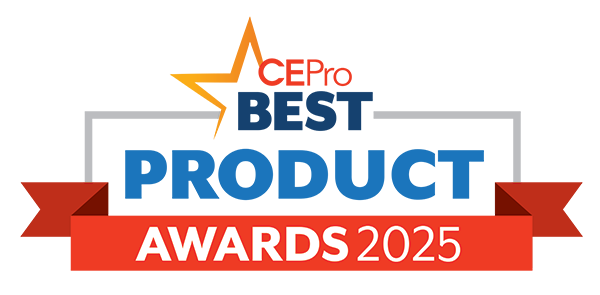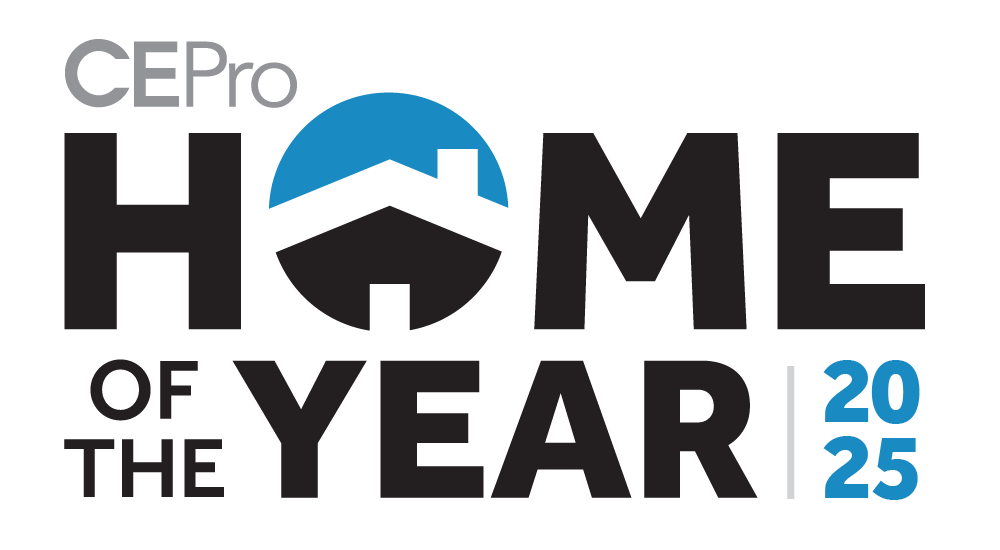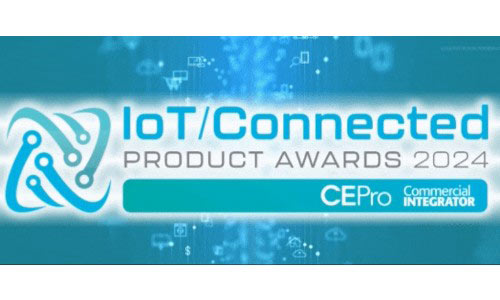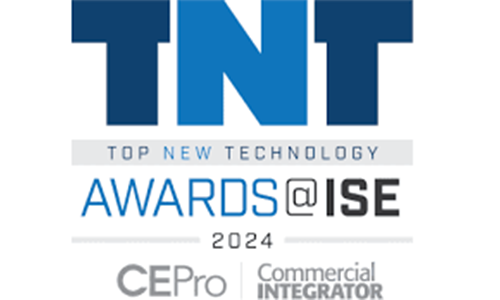The ADI Expo tour, now celebrating its 30th anniversary, continues to be a cornerstone event for security, AV, and networking professionals. The recent Boston stop, part of a 28-city North American tour, demonstrated the power of the “Even Better Together” theme, uniting ADI | Snap One’s expanded offerings under one roof. With over 175 attendees, the one-day event provided a high-impact combination of hands-on product showcases, direct manufacturer access, and in-depth technical training.
This year’s program builds on the success of the 2024 tour, which saw over 6,500 customers connect with 160 suppliers. The Boston Expo highlighted this synergy, featuring a dedicated showcase of ADI-exclusive brands across security, networking, power, and control. This curated space allowed integrators to experience the seamless integration of products like WattBox power management, Araknis networking gear, and Luma surveillance systems. The event underscored a key value proposition: a connected ecosystem where components work together flawlessly, while still offering the flexibility to build solutions with a diverse range of distributed brands.
Hands-On Learning and Exclusive Opportunities
Beyond the product displays from over 120 participating manufacturers, the Expo floor was a hub of activity. Attendees benefited from exclusive one-day-only sales, creating a direct incentive to engage with the latest technologies. A key enhancement to the attendee experience was the event app, which featured gamification elements like a leaderboard. By attending training sessions and engaging with suppliers, participants earned points toward prizes and special offers, fostering a dynamic and interactive environment.
The core of the Expo remains its commitment to education. The Boston event offered a slate of CEU-accredited courses designed to equip integrators with the practical knowledge needed to tackle complex installations and expand their service offerings. Two standout sessions provided hands-on deep dives into the critical, and often challenging, worlds of HDMI and fiber optics.
Mastering Modern HDMI Distribution
A training session led by Vanco experts demystified the complexities of HDMI. The course went beyond basic principles, offering crucial troubleshooting insights for commercial, residential, and security applications. A primary focus was on the foundational elements of HDMI communication, including Extended Display Identification Data (EDID), the handshake that allows sources and displays to establish their capabilities. The session stressed that every component in the signal path—from the source and display to cables and distribution hardware—must be compatible to avoid common issues like blank screens or flickering.
The training detailed the importance of HDCP (High-bandwidth Digital Content Protection) and the differences between Audio Return Channel (ARC) and its enhanced version, eARC. Integrators learned that ensuring compatibility for features like eARC requires checking specifications on displays, sources, extenders, and even the HDMI cables themselves, which must support the higher bandwidth of the HDMI 2.1 specification.
Distance limitations were another key topic. The session outlined the capabilities of different cable types, including passive HDMI, active HDMI, and hybrid active optical cables.
For distances beyond what a single cable can handle, the training covered a variety of extension methods. HDMI extenders using CAT cable, particularly those leveraging HDBaseT technology, can reliably send uncompressed 4K video, audio, Ethernet, and control signals up to 330 feet or more. Other solutions include extenders over coax, fiber, and wireless for moments where running a new cable isn’t feasible. The session also covered KVM (Keyboard, Video, Mouse) solutions, matrix switchers for multi-source/multi-display environments, and the scalability of AV over IP systems, which use a network as the backbone for nearly limitless distribution.
Demystifying Fiber Optic Installation
Another popular session provided a comprehensive guide to fiber optic infrastructure, from component selection to final testing. It began with the basics of Ethernet switches and the Small Form-factor Pluggable (SFP) modules that convert electrical signals to optical. The instructor clarified the compatibility challenge: some switches from manufacturers like Cisco, Dell, and HP use proprietary firmware, requiring specifically compatible SFP modules. However, the industry has largely adopted MSA (Multi-Source Agreement) compliance, which ensures interoperability between modules from different manufacturers.
Cable construction was a major focus. The training detailed the differences between tight-buffered cable, ideal for indoor and campus runs where each strand is individually protected, and loose-tube cable, used for outside plant and long-distance applications. It also covered specialized cable types, including armored cable, figure-8 aerial cable, and direct-burial cable.
Installation best practices were emphasized, including adherence to the National Electrical Code (NEC) and the local authority.
The session offered a practical overview of termination methods, comparing mechanical connectors with fusion-spliced connectors. While mechanical connectors are easier and require a smaller upfront tool investment, fusion splicing offers lower loss and superior reliability, making it a worthwhile investment for businesses doing high-volume fiber work. Finally, the training covered testing. Verification with a simple visual fault locator (VFL) or a power meter and light source is sufficient for many jobs. However, if a contract requires certification to TIA-568 standards, a much more expensive piece of equipment is necessary. An Optical Time-Domain Reflectometer (OTDR) was presented as a powerful troubleshooting tool, capable of pinpointing the exact location of a break or fault in a long cable run.
The Tour Continues
The ADI | Snap One Boston Expo successfully delivered on its promise of being “Even Better Together.” It provided a valuable platform for integrators to gain hands-on experience with new products, deepen their technical expertise through targeted training, and build connections with manufacturers and peers. As the Expo tour continues its journey across North America, it reinforces its 30-year legacy as an indispensable resource for professionals looking to grow their business and stay ahead in a rapidly evolving industry.
